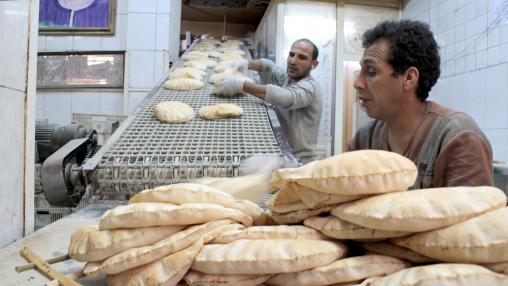
The Russia-Ukraine crisis poses a serious food security threat for Egypt
Russia's invasion of Ukraine has imperiled global food security—creating suffering within Ukraine and displacing millions, while disrupting agricultural production and trade from one of the world's major exporting regions. The latter threatens to drive rising food prices still higher and create scarcity, especially for regions most dependent on exports from Russia and Ukraine—particularly the Middle East and North Africa.
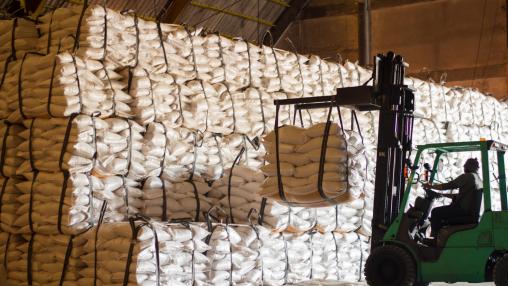
Extraordinary Meeting of the AMIS Rapid Response Forum
As global food prices continue to rise and concerns grow over potential supply disruptions in the Black Sea region, policymakers and development practitioners are beginning to analyze the implications for global food markets and the potential for food crises. On March 5, 2022, the Agricultural Market Information System (AMIS) called an extraordinary meeting of the AMIS Rapid Response Forum.
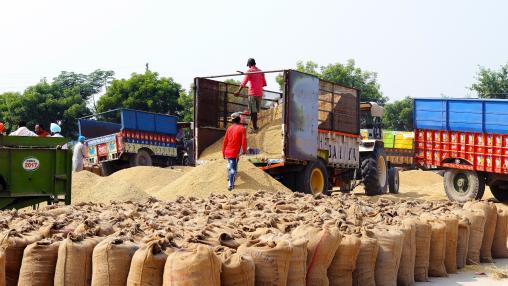
FAO Food Price Index Hits Record High
The FAO Food Price Index hit a record high in February, exceeding the previous record of February 2011. The index rose 3.9 percent from January and 20.7 percent from February 2021. Vegetable oil, dairy, cereal, and meat price increases all contributed to the continued surge.
Global commodity prices and food security: Navigating new challenges and learning from the past
Agricultural commodity prices are reaching levels close to those witnessed in 2007/08 and 2010/11, and fertilizer prices have also increased significantly. Repercussions from the invasion of Ukraine are creating significant additional pressures on prices.
This policy seminar will present global data on key agricultural commodity, energy, transportation, and fertilizer markets to paint a comprehensive picture of price trends and their underlying causes and will include a comparison to the earlier price spikes of 2007/08 and 2010/11.

The Ukraine Conflict and Global Food Price Scares
The escalating tensions in the Black Sea region heaped fresh risks on global food markets already struggling with soaring prices, supply-chain disruptions, and a bumpy recovery from the pandemic. Before the Ukraine crisis, overall conditions in markets for staple foods looked reasonably favourable and seemed to augur for softening prices during 2022, even as sharply rising food prices in domestic markets in many developing countries continue to raise concerns about greater food insecurity. The escalation of the conflict is now putting markets into serious turmoil.
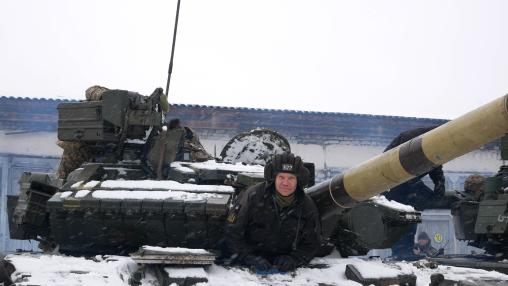
How will Russia’s invasion of Ukraine affect global food security?
The unfolding crisis in Ukraine has roiled commodity markets and threatens global food security. Ongoing fallout from the COVID-19 pandemic and other factors have already driven up food prices. Poor harvests in South America, strong global demand, and supply chain issues have reduced grain and oilseed inventories and driven prices to their highest levels since 2011-2013.
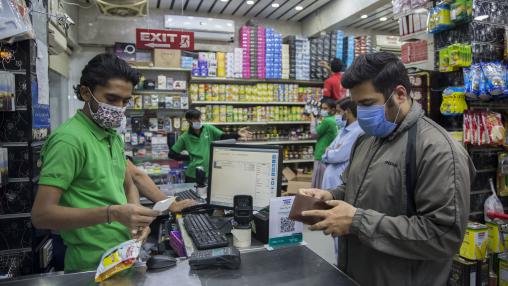
COVID-19 and rising global food prices: What’s really happening?
Food prices are skyrocketing around the world. In January, international prices for major food items climbed to a level near the heights of the global food price crises of 2007-08 and 2010-11, according to the FAO Food Price Index (Figure 1). The spike has raised concerns over the potential for another global food crisis, increasing hunger among the poor and, possibly, social unrest around the world.
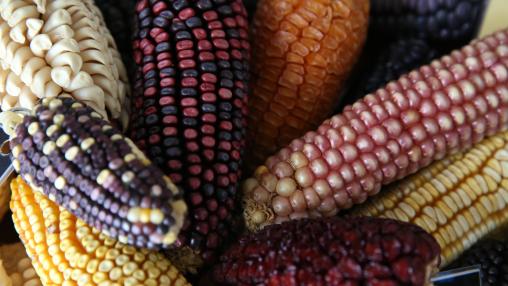
FAO Food Price Index Reaches 10-Year High in 2021
In December 2021, the FAO Food Price Index fell by 0.9 percent from the previous month, with vegetable oils and sugar prices both seeing significant declines. However, in 2021 overall, the Index reached a 10-year high and was up by 28.1 percent above 2020 levels.
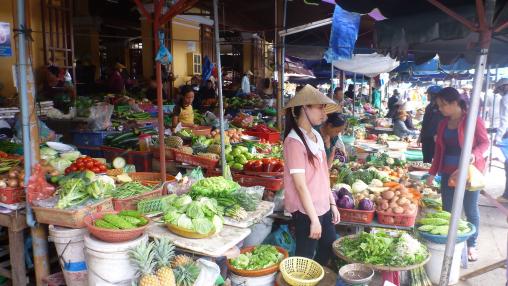
How Can We Lower the Price of Fruits and Vegetables? Exploring Ways to Deliver Vouchers to Consumers
Fruits and vegetables are a key source of micronutrients in diets, and adequate fruit and vegetable consumption can help stave off non-communicable diseases. The World Health Organization (WHO) recommends that adults consume 400 grams of fruits and vegetables every day. Yet globally, fruit and vegetable consumption often falls far below that target, and research suggests consumption is particularly low in low- and middle-income countries (LMICs).
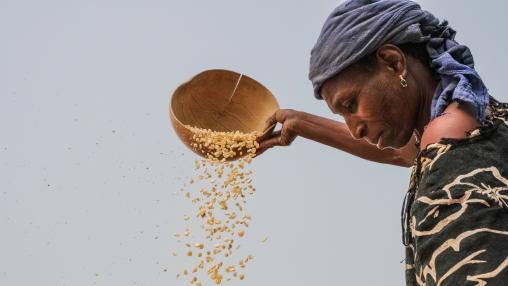
FAO Food Index Continues to Rise
The FAO Food Price Index continued to rise in November, up 1.2 percent from the previous month and 27.3 percent from November 2020. This increase, driven mostly by rising cereal and dairy prices, brought the Index to its highest level since June 2011.